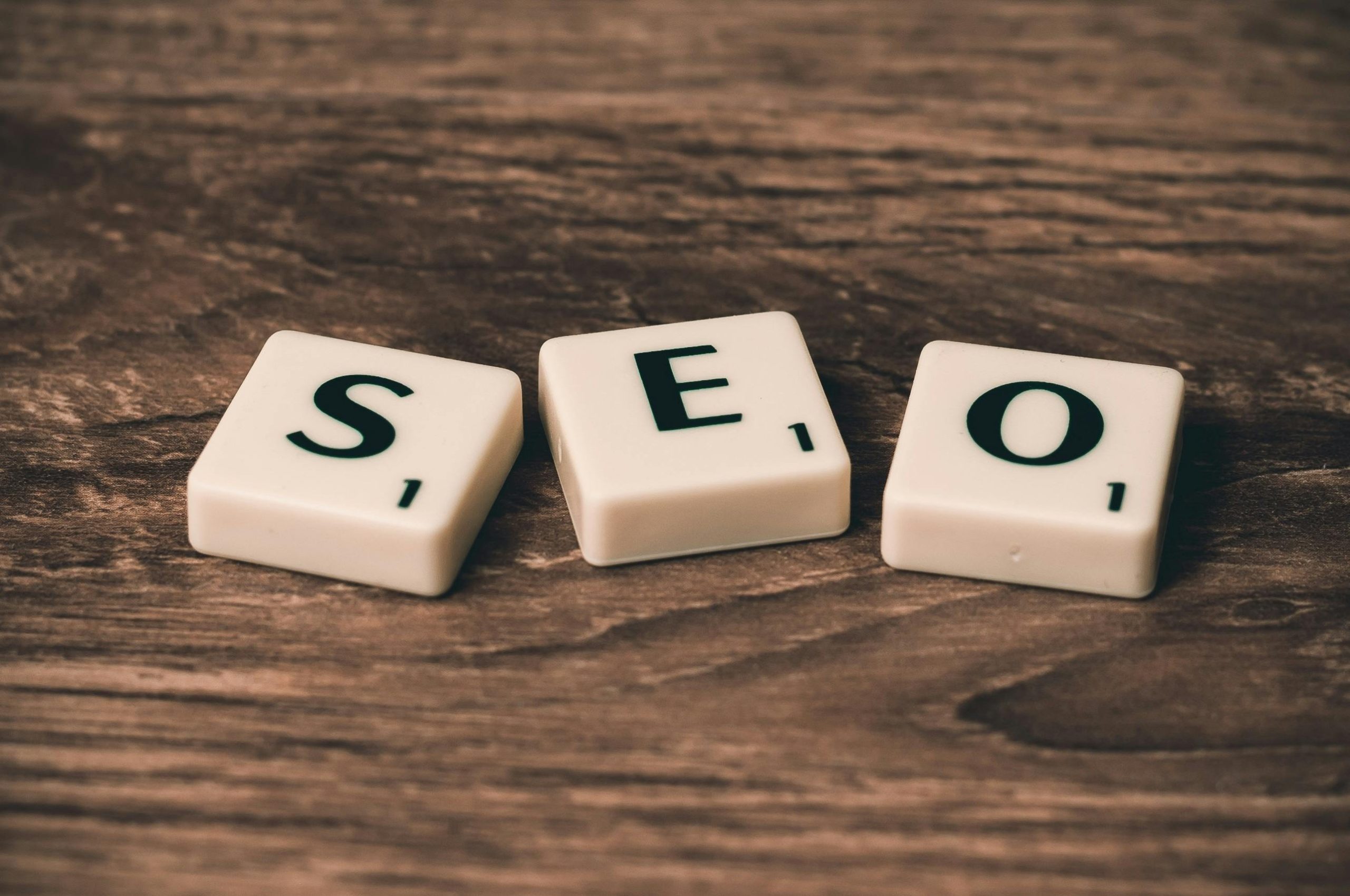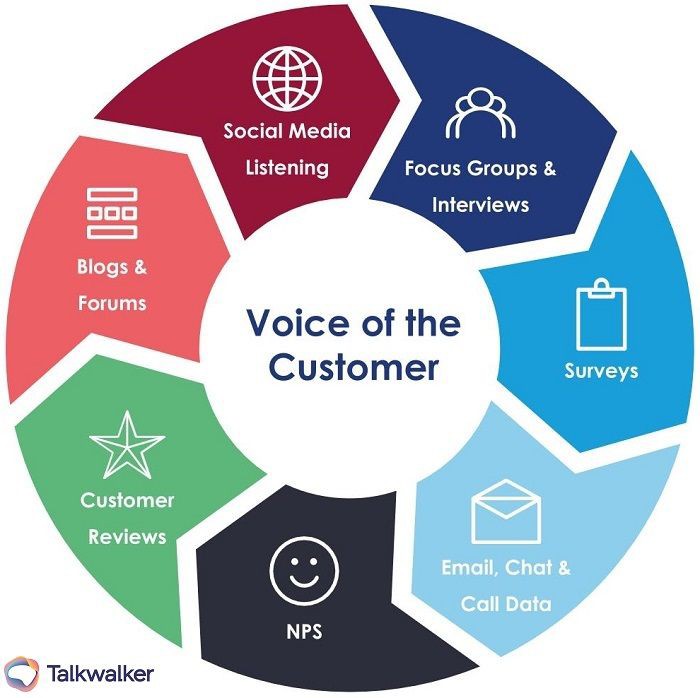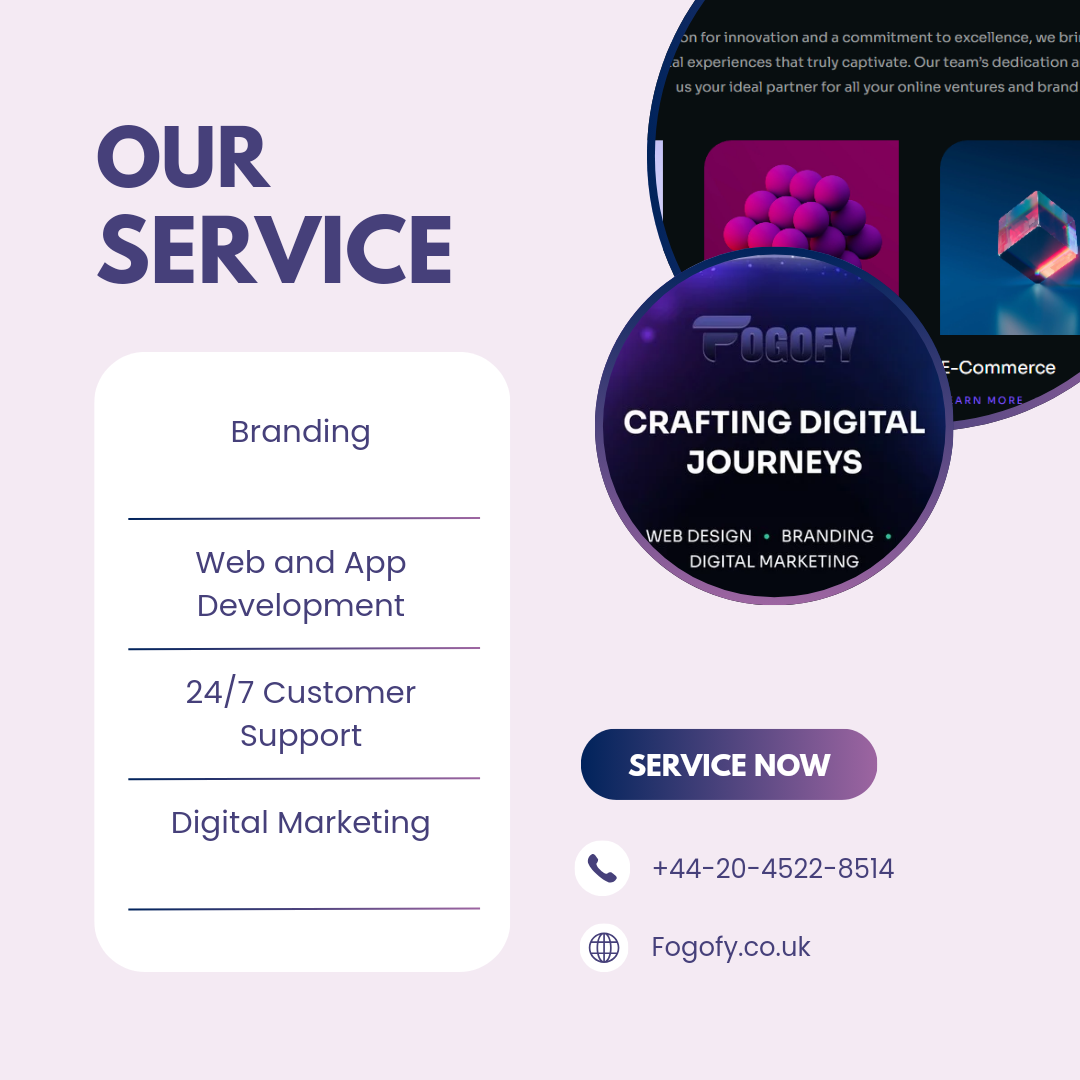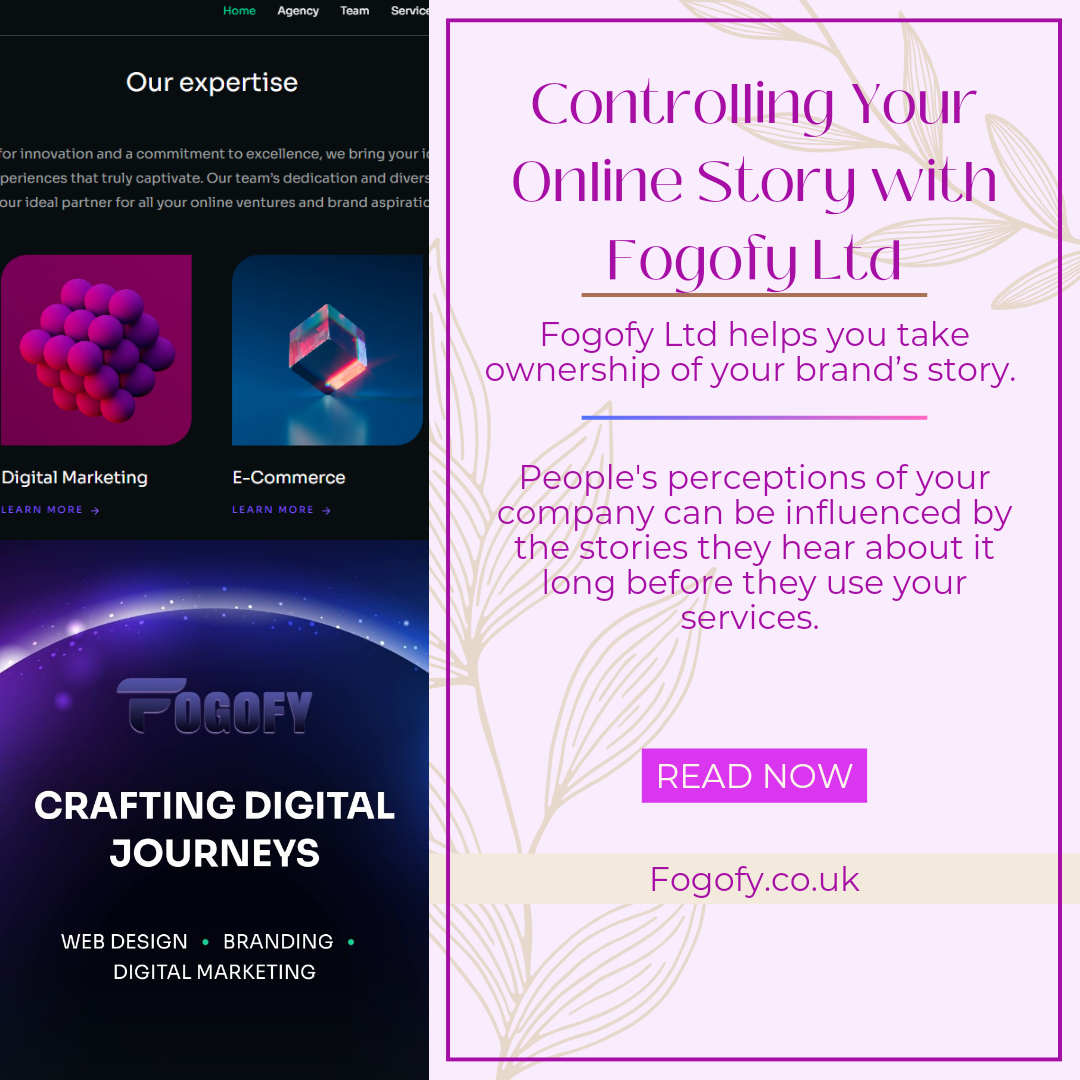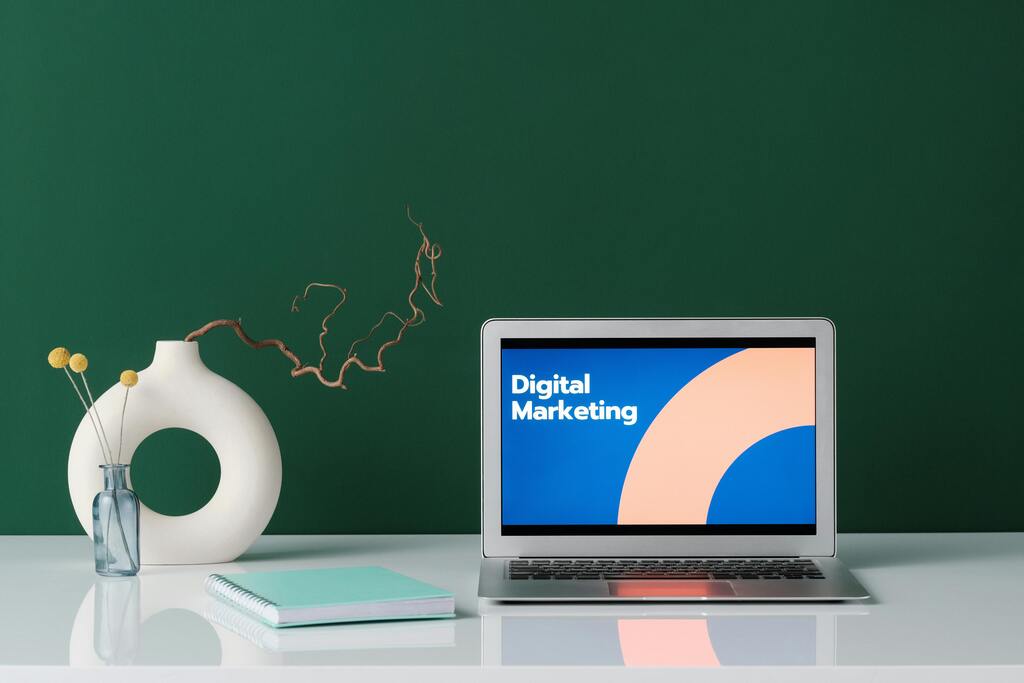
In today’s digital age, having a strong online presence isn’t just an option—it’s a necessity. For small business owners, navigating the world of digital marketing can be overwhelming, but it’s also where the greatest opportunities lie. Whether you’re looking to boost brand visibility, increase engagement, or drive conversions, mastering digital marketing is key to making your brand stand out.
In this guide, I’ll walk you through essential digital marketing strategies—from SEO and content marketing to social media campaigns—that will help your brand capture attention and thrive online.
1. Search Engine Optimization (SEO): The Foundation of Online Visibility
When it comes to getting your brand noticed online, SEO is the cornerstone. SEO is all about optimizing your website and content to rank higher in search engine results, making it easier for potential customers to find you.
Key SEO Strategies:
- Keyword Research: Identify the keywords and phrases your target audience is searching for, and incorporate them naturally into your website content, meta descriptions, and blog posts.
- On-Page SEO: Optimize individual pages on your website by using relevant keywords in titles, headers, and URLs. Ensure your site is mobile-friendly, loads quickly, and provides a great user experience.
- Off-Page SEO: Build credibility by earning backlinks from reputable websites. Engage in guest blogging, collaborate with influencers, and participate in online communities related to your industry.
Why It Matters:
Effective SEO increases your website’s visibility on search engines like Google, driving organic traffic to your site. The higher you rank, the more likely customers are to discover your brand.
2. Content Marketing: Creating Value for Your Audience
Content marketing is all about providing valuable, relevant content to your audience to build trust and establish your brand as an authority in your industry. Quality content not only attracts visitors but also encourages them to stick around and engage with your brand.
Key Content Marketing Strategies:
- Blogging: Regularly publish blog posts that address your audience’s pain points, answer common questions, and provide solutions. Use a mix of evergreen content and trending topics to keep your blog fresh and relevant.
- Video Content: Create engaging videos that showcase your products, tell your brand story, or offer tutorials. Video content is highly shareable and can boost your brand’s visibility across multiple platforms.
- Infographics and Visuals: Use infographics, charts, and images to present information in a visually appealing way. Visual content is more likely to be shared on social media, expanding your reach.
Why It Matters:
Content marketing not only drives traffic to your website but also helps you build a relationship with your audience. By offering valuable information, you position your brand as a trusted resource, which can lead to increased customer loyalty.
3. Social Media Marketing: Engaging with Your Audience
Social media platforms are powerful tools for building brand awareness, engaging with your audience, and driving traffic to your website. But with so many platforms out there, it’s important to choose the ones that align with your target audience and brand goals.
Key Social Media Marketing Strategies:
- Platform Selection: Focus on the platforms where your target audience is most active. Whether it’s Instagram, Facebook, LinkedIn, or TikTok, each platform has its own strengths and audience.
- Content Calendar: Plan your social media content in advance with a content calendar. This ensures consistency and helps you align your posts with upcoming events, promotions, and trends.
- Engagement: Social media is a two-way street. Respond to comments, messages, and mentions to foster a sense of community and show that your brand values customer interaction.
Why It Matters:
A strong social media presence helps humanize your brand, making it more relatable and accessible. It’s also a powerful way to reach new audiences, build brand loyalty, and drive conversions through targeted campaigns.
4. Pay-Per-Click (PPC) Advertising: Driving Targeted Traffic
While SEO and content marketing are long-term strategies, PPC advertising offers immediate results by driving targeted traffic to your website. With PPC, you pay for ads that appear on search engines, social media platforms, or other websites, only when someone clicks on them.
Key PPC Strategies:
- Google Ads: Use Google Ads to target keywords relevant to your business. Create compelling ad copy and use landing pages optimized for conversion to maximize your ROI.
- Social Media Ads: Platforms like Facebook and Instagram offer highly targeted ad options. Use audience segmentation to reach specific demographics, interests, or behaviours.
- Retargeting: Implement retargeting campaigns to re-engage visitors who have interacted with your brand but didn’t convert. Retargeting ads remind them of your products or services, encouraging them to return and complete their purchase.
Why It Matters:
PPC advertising allows you to reach potential customers who are actively searching for your products or services. It’s a cost-effective way to drive immediate traffic and conversions, especially when combined with strong landing pages and compelling calls to action.
5. Email Marketing: Nurturing Relationships and Driving Conversions
Email marketing remains one of the most effective digital marketing strategies for nurturing relationships with your audience and driving conversions. By delivering personalized content directly to your subscribers’ inboxes, you can keep your brand top of mind and encourage repeat business.
Key Email Marketing Strategies:
- Segmentation: Segment your email list based on customer behaviour, preferences, and demographics. This allows you to send targeted emails that are more likely to resonate with each audience segment.
- Automation: Use email automation to send timely, relevant messages based on triggers like abandoned carts, birthdays, or past purchases. Automated emails can increase engagement and drive sales without requiring manual effort.
- A/B Testing: Experiment with different subject lines, email designs, and content to see what resonates best with your audience. A/B testing helps you optimize your emails for better open and click-through rates.
Why It Matters:
Email marketing is a direct line to your customers, making it ideal for building long-term relationships and encouraging repeat purchases. With the right strategies, email marketing can be a significant driver of conversions and revenue for your business.
6. Analytics and Optimization: Continuously Improving Your Strategy
No digital marketing strategy is complete without analytics and optimization. Regularly tracking your performance and making data-driven adjustments ensures that your efforts are effective and aligned with your business goals.
Key Analytics and Optimization Strategies:
- Google Analytics: Use Google Analytics to monitor your website’s traffic, user behaviour, and conversion rates. Identify which pages are performing well and which need improvement.
- Social Media Insights: Each social media platform offers its own analytics tools. Use these to track engagement, reach, and follower growth, and adjust your content strategy accordingly.
- Conversion Rate Optimization (CRO): Continuously test and optimize your website’s design, content, and calls to action to improve conversion rates. Small tweaks can have a big impact on your overall results.
Why It Matters:
By regularly analysing your digital marketing performance, you can identify what’s working and what’s not, allowing you to refine your strategies for better results. Optimization is key to staying competitive and ensuring your brand continues to stand out online.
Conclusion: Making Your Brand Stand Out Online
Mastering digital marketing is essential for making your brand stand out in today’s crowded online marketplace. By focusing on core strategies like SEO, content marketing, social media, PPC, and email marketing, you can build a strong online presence that attracts, engages, and converts your target audience.
Remember, digital marketing is an ongoing process. As technology evolves and consumer behaviours change, staying adaptable and continuously optimizing your strategy will ensure that your brand remains relevant and successful.
So, are you ready to take your digital marketing to the next level? By implementing these strategies, you’ll be well on your way to boosting your brand’s visibility, engagement, and growth online.
